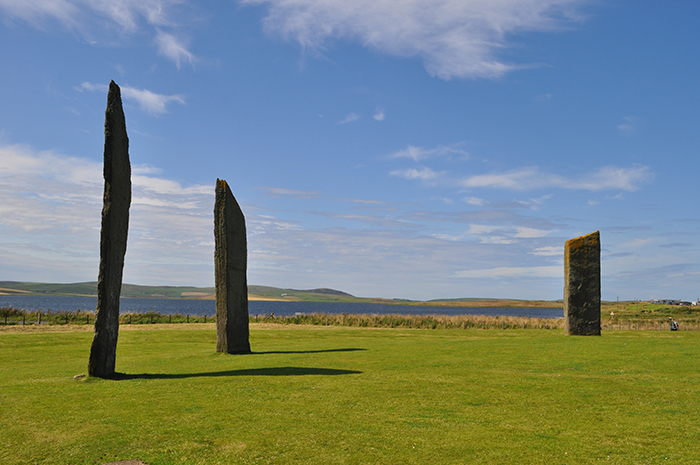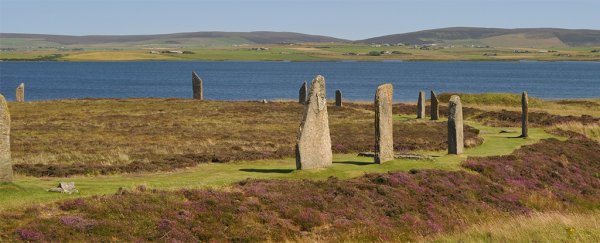New research into Neolithic stone circles on the Scottish islands of Orkney has revealed they were the party hotspots of the end of the Stone Age – places where people met to find partners, celebrate the summer and winter solstices, and pay tribute to the dead.
The study has also revealed how the area was a melting pot of different social groups and communities, a mix that eventually caused enough political tension for the groups to go their separate ways.
Part of a broader investigation into Neolithic living called The Times of their Lives, led by Historic England, the new analysis examines more than 600 radiocarbon dates, giving researchers a clearer view of the timing and duration of events between 3200 BC and 2500 BC on the islands.
"This study shows that new statistical analysis of the large numbers of radiocarbon dates that are now available in British archaeology really changes what we can know about our pasts," lead researcher Alex Bayliss, from Historic England, told the BBC.
"People in the Neolithic made choices, just like us, about all sorts of things – where to live, how to bury their dead, how to farm, where and when to gather together – and those choices are just beginning to come into view through archaeology."
 The Standing Stones of Stenness. Credit: stevekeiretsu/Flickr
The Standing Stones of Stenness. Credit: stevekeiretsu/Flickr
A number of well-known sites were covered by the study, including the Standing Stones of Stenness circles, granted UNESCO World Heritage Status in 1999, and the Skara Brae settlement.
The research also looked at the Maeshowe passage grave, and the 104-metre (341-foot) diameter Ring of Brodgar, originally thought to feature up to 60 stones, of which 27 are still standing.
The researchers have now managed to figure out that Orkney was probably first colonised in 3600 BC, with settlement peaking around 3100-2900 BC.
And even after communities had settled elsewhere, they still returned to these sites for celebrations, Bayliss told Loulla-Mae Eleftheriou-Smith at The Independent.
"It's not a village – it's a gathering place," says Bayliss. "Each stone in the Ring of Brodgar is from a different stone or area of the island, so it's almost like each village brought its own stone there."
The relatively rapid changes in the stone monuments identified by the researchers seem to show a conflict of ideas about certain rituals, including how to bury the dead.
These tribes would appear to have been able to put aside their differences for the occasional bit of revelry though, at least for a while, and people might have settled here from as far away as Belgium.
That's hinted at by the Orkney voles that don't live in Britain and can't have lived through the last ice age – it's possible that they were brought over from Belgium before 3000 BC.
Whether or not it was the Orkney nightlife that tempted them over remains to be seen.
"Visitors come from all over the world to admire the wonderfully preserved archaeological remains of Orkney, in what may seem a timeless setting," senior researcher Alasdair Whittle, from Cardiff University in the UK, told the BBC.
"Our study underlines that the Neolithic past was often rapidly changing, and that what may appear to us to be enduring monuments were in fact part of a dynamic historical context."
The research has been published in Antiquity.
